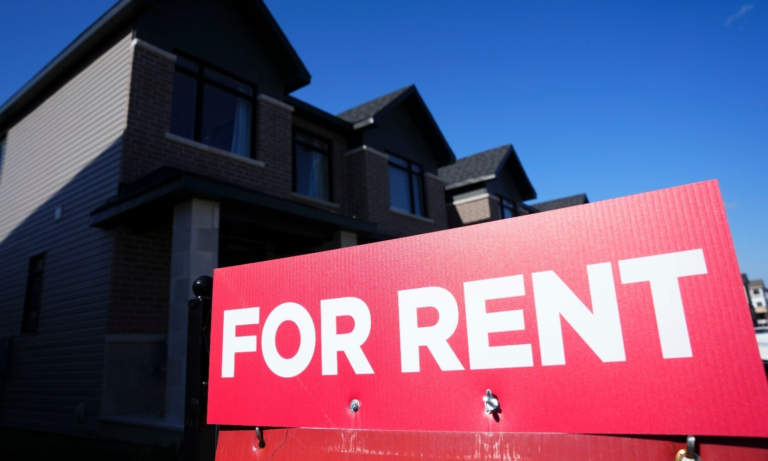“Interest rates are also likely to push lower in 2025, helping renters make the transition to home ownership,” Sondhi said in the report. “What’s more, falling interest rates should lower costs for landlords, reducing the pressure to pass through these costs to rents.”
Rental supply grows, giving renters more options
Forecasts say the rental market will also look more attractive in 2025 thanks to new supply opening up.
Last year marked Canada’s largest gain of purpose-built rental supply in more than three decades, said Canada Mortgage and Housing Corp. in a recent report, and Sondhi added “another flood” is slated to reach completion this year.
The federal housing agency said the average rent for a two-bedroom purpose-built apartment grew 5.4% to $1,447 in 2024, compared with an 8% increase in 2023. (CMHC’s report examines the cost of actual rent payments, rather than listings of asking prices, which are often higher.)
Meanwhile, Canada’s supply of purpose-built rental apartments grew 4.1% year-over-year.
“It’s definitely a little bit of a breath of fresh air. That said, the rental markets across Canada are still very, very tight,” said CMHC deputy chief economist Tania Bourassa-Ochoa in an interview. She noted there is a higher vacancy rate for newer, more expensive units, while that of more affordable properties is “still extremely low.” “When we’re thinking about what does that mean for renters? Ultimately, affordability challenges are definitely still there, and in many cases, affordability has even worsened.”
Ladas said most major cities are still undersupplied when it comes to rental stock, meaning it will be difficult to sustain any relief that 2025 brings for tenants.
“The first half of 2025, at least, I think we can expect … the most affordable markets will continue to see higher demand and the most expensive markets will continue to see lower demand, and rents are going to keep coming down,” he said. “But I think that these rental prices coming down should be looked at more as a temporary thing.” He noted that new high-rises take years to build, and many that opened up last year were the result of projects that began when borrowing costs plummeted during the pandemic.
